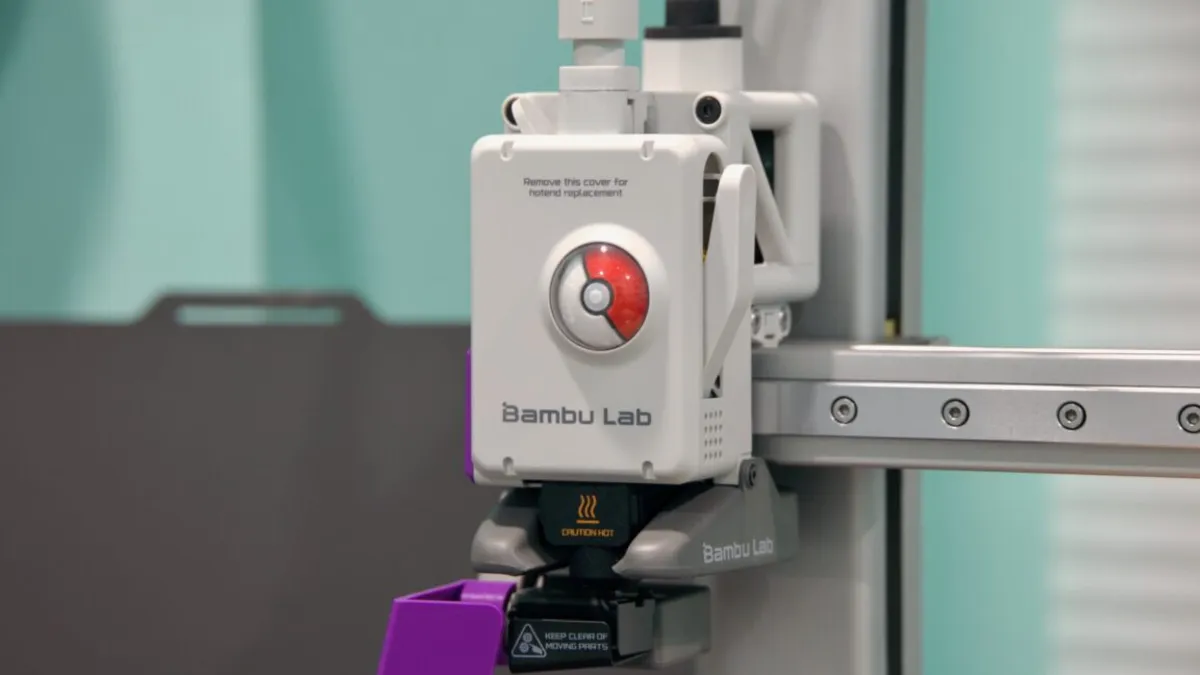
For a couple of years, I’ve been seeking a reason to invest in a decent 3D printer. Friends and fellow staffers at Ars Technica would frequently extol the virtues of their machines, emphasizing how incredibly useful they can be and the myriad of items you can create with just a bit of time and some plastic filament. Despite their enthusiasm, I could never envision myself using one with enough frequency to justify the purchase. However, this past Christmas, my wife took the plunge for me and gifted me a Bambu Lab A1. Since then, I’ve been exploring this technology almost daily, discovering both fun and practical items to print. I’ve compiled my thoughts and experiences here, not to claim groundbreaking insights but to offer a comprehensive guide for anyone contemplating getting into 3D printing.
Hyperfixating on new hobbies often serves as a coping mechanism for my stress and anxiety, and 3D printing has emerged as the perfect blend of enjoyment, practicality, and engagement. My wife selected the Bambu A1 because it’s a larger variant of the A1 Mini, which had been highly recommended by Wirecutter at the time. She noted its beginner-friendly design, ease of use, and the vibrant community supporting it. Although I understand the recent controversies surrounding Bambu’s firmware updates and the potential for a more locked-down ecosystem, my early experiences as a beginner have mainly revolved around utilizing first-party tools and built-in features, minimizing my concerns.
The Bambu A1 is classified as an “extrusion” printer, which means it operates by melting a thin strand of plastic filament and depositing it onto a heated build plate in layers. This method, known in the industry as fused deposition modeling (FDM), results in the characteristic ridged appearance of 3D-printed objects. Compared to injection-molded plastics, such as Lego bricks, FDM prints may appear less detailed and structurally weaker.
Another popular home 3D printing technology is stereolithography (SLA), which employs liquid resin and UV light to create highly detailed prints. While resin printers can achieve superior detail, they often come with smaller print beds and more complex setup requirements. The Bambu A1 is a Cartesian printer, meaning its print head moves along rails while the build plate shifts to facilitate printing. In contrast, higher-end models might employ CoreXY technology, allowing for more sophisticated movement and potentially better print quality.
The setup process for the A1 was relatively straightforward, especially for someone with experience in assembling PCs and repairing electronics. Unlike setting up a traditional printer, which typically involves a simple plug-and-play process, the A1 required following well-illustrated instructions akin to assembling IKEA furniture. My initial error was underestimating the stability required for the printer’s setup. After relocating it to a sturdier desk, I successfully completed the calibration process, ensuring a stable environment for printing.
The first-party applications provided by Bambu include Bambu Handy for mobile devices and Bambu Studio for desktop users. While Handy offers basic functionalities, I found Bambu Studio to be more comprehensive for managing my prints and settings. This software acts as a slicer, converting 3D models from CAD programs into instructions the printer can execute. Although Bambu Studio has a bit of a learning curve, it is accessible enough for newcomers.
When I finally had the opportunity to utilize my 3D printer, I immediately gravitated towards practical projects. My initial print was a wall-mounted holder for a remote control for my ceiling fan. The process was smooth; I simply loaded my black PLA filament, downloaded the corresponding file, sliced it in Bambu Studio, and initiated the print. Within a short timeframe, I was able to hold my first 3D-printed object, which felt nothing short of magical.
The successful completion of this print was an encouraging start, motivating me to delve deeper into the world of 3D printing. As I continue to explore, I plan to share my experiences with common pitfalls, insights into using Bambu Studio more effectively, and the various filaments available for diverse printing needs.
3D printing has opened up a new realm of creativity and functionality for me. With each print, I am learning more about the intricacies of this technology, from understanding basic terminology to experimenting with different filament types. Stay tuned for more updates in this series as I share my ongoing journey into the fascinating world of home 3D printing.
Written by Andrew Cunningham, Senior Technology Reporter at Ars Technica, who specializes in consumer tech, computer hardware, and operating system reviews.